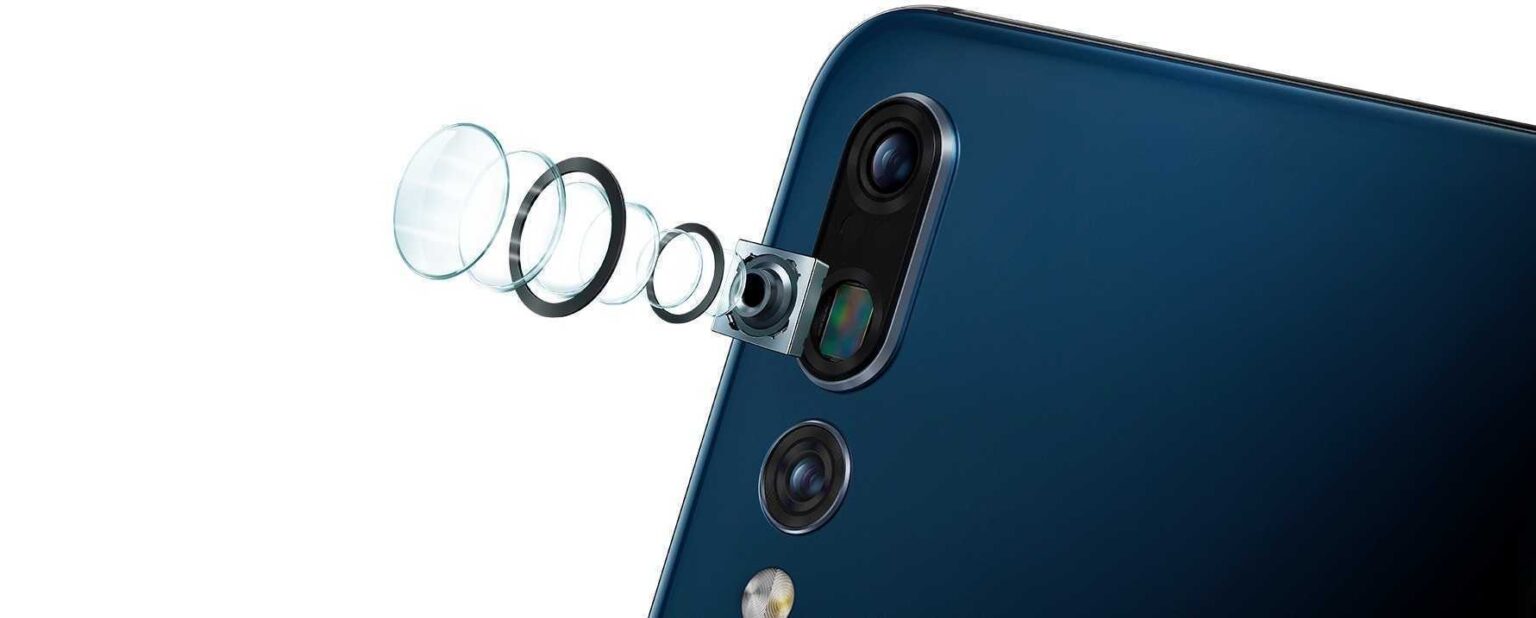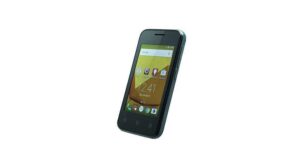The quality of smartphone cameras has increased so much in recent years that compact camera sales have plummeted. At the same time, thanks to increased miniaturisation, the falling cost of camera hardware, and improved software image processing, it’s now possible for smartphone makers to put multiple lenses and sensors in their handsets. Which is great for consumers, because the quality of the camera is one of the key factors most consider when deciding which phone to buy.
Dual rear cameras are now the standard for all high-end devices, but in squeezing a third camera onto the rear of the P20 Pro, Huawei isn’t merely trying to outdo its rivals’ specification sheets, it’s offering greater flexibility to mobile photographers without sacrificing image quality. So, how does it work?
Three’s company
Huawei’s relationship with legendary German optics company Leica started with the P9’s dual camera in 2016. The P10 improved the setup, and now the P20 Pro has created a triple-camera setup that’s arguably the first to truly match the hype that accompanies the Leica marque.
First up, there’s the 1/1.7in 40MP RGB sensor that’s paired with a f/1.8 aperture lens. Key here is the size of the sensor (bigger is better, and 1/1.7in is huge for a phone), the number of megapixels (how many individual points there are to capture light), and the aperture which controls how much light is able to hit the sensor.
Second, there’s a 20MP monochrome sensor with a slightly faster f/1.6 aperture lens. So far, so like the last generation of Huawei handsets. The colour and black and white images are combined in software for better contrast and detail.
But it’s the third lens that really makes the magic happen in the P20 Pro. On paper, the third shooter’s 8MP sensor and long zoom lens aren’t remarkable, but when combined with the data from the other two sensors the result is 3x optical zoom, or 5x hybrid zoom (a mix of what the sensors the three sensors capture, combined with proprietary algorithms).
Bigger really is better
It’s a common misconception that the greater the number of megapixels, the greater the image quality. Far more important is the size of the individual sensors and, thus, the overall size of the sensor. It’s why professional photographers tend to favour ‘full-frame’ cameras – where the sensor is the same size as a 35mm piece of film – over ‘crop-sensor’ cameras with smaller sensors.
To date (you can bet it won’t be alone for long), Huawei’s P20 Pro has the industry’s largest image sensor (1/1.7 inch). That’s at least 2.5 times the size of the sensors in most other smartphone cameras. Not only does this make for more detailed images, it makes the P20 Pro adept at creating the much revered ‘bokeh’ effect (where the subject is crisply in focus while the background is blurred).
This bigger sensor means bigger individual pixels, which means more light can be captured. The result is higher ISO (sensitivity to light), which means better low-light performance. That said, most people don’t need 40MP images (you’d be able to print one on a billboard). So, instead of creating giant image files, by default Huawei uses software to resample images to a more manageable 10MP. (Serious photographers can, however, choose to capture images in the uncompressed RAW format if they choose to).
Party in the back, business up front
Huawei’s extended some of the camera smart of the P20 Pro’s rear camera setup to the front of the device, too. Up front there’s a 24MP camera with a f/2.0 lens and another CMOS image sensor. There’s also a colour temperature sensor which, when combined with the onboard artificial intelligence (AI) engine, means selfies offer accurate colour reprensentation, even under unusual lighting conditions.
This same AI engine can also be used to automatically detect whatever you point the front or rear cameras at and adjust settings accordingly. Shooting a landscape scene at midday? The optimal setting will understandably be different from those you’d use shooting a portrait in a candlelit room. Now, the AI’s taste may not align with individual preferences… but it has another use.
Huawei’s AIS (AI image stabilisation) makes it possible to get impressive results at night, even handheld. Press the shutter and the rear cameras capture continuously for up to five seconds. These multiple images are then analysed and aligned into a single image, massively reducing blur.
We’ve only just begun
Huawei’s 5x hybrid zoom isn’t perfect – like the Night Mode, it can struggle when there are lots of fast-moving elements in a photograph. But it’s incredibly impressive for a device you can slip in your pocket. Moreover, it’s only the first generation of this technology. Just imagine what’s going to be possible in one, two or three device’s time.
Get the Huawei P20 Pro
Read our review and compare the specs of the Huawei P20 Pro and Huawei P20 here, then order it on Vodacom Online. You get free delivery, free SIM and free connection.



